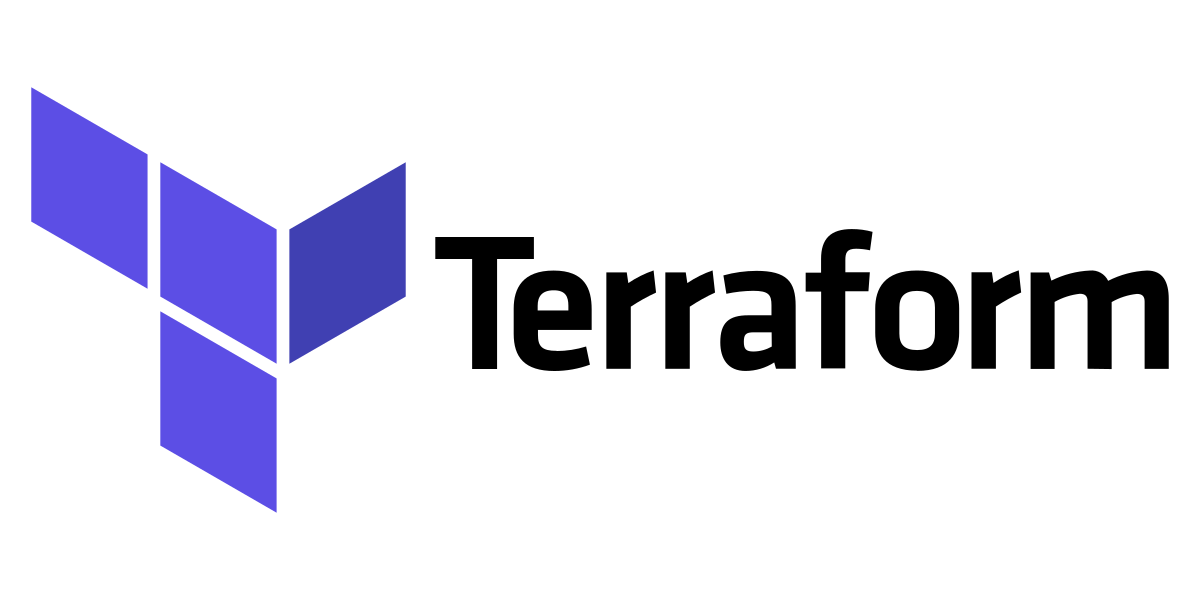About the Course
Cloud engineering is a rapidly growing field that offers a wide range of career opportunities. Code Academy in Benin City offers comprehensive training in cloud engineering, including popular platforms like AWS, Azure, and Firebase.
AWS, or Amazon Web Services, is one of the most popular cloud platforms on the market. It offers a wide range of services, including storage, computing power, and databases, making it a great choice for businesses of all sizes. Azure, from Microsoft, is another popular choice, offering similar services and a strong focus on security and compliance. Firebase, from Google, is a popular choice for mobile and web app development, offering real-time databases and other services that make it easy to build and scale apps.
In addition to these platforms, Code Academy also covers tools like Terraform, Ubuntu, Docker, and Kubernetes. Terraform is an infrastructure-as-code tool that allows you to provision and manage infrastructure using code. Ubuntu is a popular Linux distribution that is widely used in cloud environments. Docker is a containerization platform that makes it easy to package and deploy applications. Kubernetes is an open-source container orchestration system that allows you to manage and scale containerized applications.
Learning cloud engineering at Code Academy in Benin City will give you the skills you need to take advantage of the many opportunities in this field. With the ability to work with popular platforms like AWS, Azure, and Firebase, as well as tools like Terraform, Ubuntu, Docker, and Kubernetes, you'll be well-prepared for a career in cloud engineering.
Course Information
| Duration | 6 Months |
| Amount | ₦400,000 |
| Location | Onsite - 84, Mission Road. Benin City |
Course Modules
# Module 1 - Cloud Computing and Hosting
- Introduction to Cloud Computing: Overview of cloud computing concepts, services, and providers.
- Setting up a Cloud Environment: Installing and configuring the necessary software and tools to begin working with cloud providers.
- Cloud Storage and Databases: Covering the basics of cloud storage and databases, including options such as S3, Azure Blob Storage, and DynamoDB
- Cloud Computing Services: Explaining the use of cloud computing services such as AWS EC2, Azure Virtual Machines, and Google Compute Engine.
- Cloud Hosting and Deployment: Teaching the different options for hosting and deploying applications, such as AWS Elastic Beanstalk and Azure App Service.
- Cloud Networking and Security: Covering the basics of cloud networking and security, including options such as VPC, firewall rules and VPN.
- Cloud Management and Optimization: Showing how to manage and optimize cloud resources, including cost management, monitoring and scaling.
- Conclusion: Summarizing the main points of the course and providing resources for further learning.
# Module 2 - Docker and Kubernetes
-
Introduction to Docker: Overview of Docker, its capabilities, and how it works.
-
Setting up Docker: Steps for installing Docker and configuring it on a local machine.
-
Docker Containers: Understanding how to create, run, and manage Docker containers
-
Docker Volumes and Networks: Understanding how to work with data volumes and networks in Docker.
-
Docker Images: Creating and managing Docker images, including best practices for writing and maintaining Dockerfiles.
-
Introduction to Kubernetes: Overview of Kubernetes, its capabilities, and how it works with Docker.
-
Setting up Kubernetes: Steps for installing and configuring a Kubernetes cluster.
-
Kubernetes Resources: Understanding the Kubernetes resource model, including Pods, Services, and Deployments.
-
Kubernetes Networking: Understanding Kubernetes networking, including Services and Ingress.
-
Kubernetes Best Practices: Discussion of best practices for working with Kubernetes and Docker, including security, testing, and scaling.

# Module 3 - Microsoft Azure
-
Introduction to Microsoft Azure: Overview of the Azure platform, including its history, offerings, and use cases.
-
Setting up an Azure account: Steps to create an Azure account and navigate the Azure portal.
-
Azure Virtual Machines: Overview of Azure Virtual Machines, including creation, configuration, and management.
-
Azure Storage: Understanding Azure storage options, such as Blob, Queue, and Table storage.
-
Azure Networking: Overview of Azure networking services, including Virtual Network, ExpressRoute, and Load Balancer.
-
Azure Cloud Services: Exploring Azure Cloud Services, including Web and Worker roles, and how to deploy and manage them.
-
Azure Databases: Introduction to Azure's database offerings, such as Azure SQL, Cosmos DB, and Azure Database for MySQL.
-
Azure App Service: Overview of Azure App Service, including Web App, API App, and Logic App, and how to use them to build and deploy web applications.
-
Azure Security: Discussion on Azure's security features, including Azure Active Directory, Azure Security Center, and Azure Key Vault.
-
Conclusion: Review of key concepts and next steps for working with Azure.

# Module 4 - Terraform (Infastructure as Code)
-
Introduction to Terraform: Overview of Terraform, its capabilities, and how it works with Azure.
-
Setting up Terraform: Steps for installing Terraform and configuring it to work with Azure.
-
Terraform Configuration: Understanding Terraform configuration syntax and how to write Terraform code to provision Azure resources.
-
Provisions Azure Resources: Use Terraform to provision Azure resources such as virtual machines, storage accounts, and virtual networks.
-
Managing state: Understanding how Terraform manages state and how to use remote state management
-
Terraform Modules: Creating and using Terraform modules to organize and reuse code.
-
Advanced Terraform features: Exploring advanced Terraform features such as input and output variables, data sources, and provisioners
-
Terraform Best Practices: Discussion of best practices for working with Terraform and Azure, including security, testing, and collaboration.
-
Troubleshooting: Understanding common errors and how to troubleshoot Terraform in Azure.
-
Conclusion: Review of key concepts and next steps for working with Terraform and Azure.
